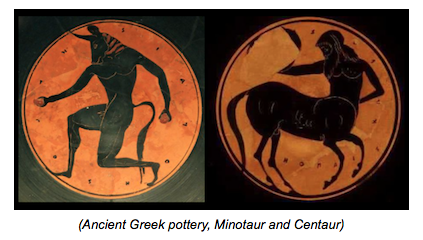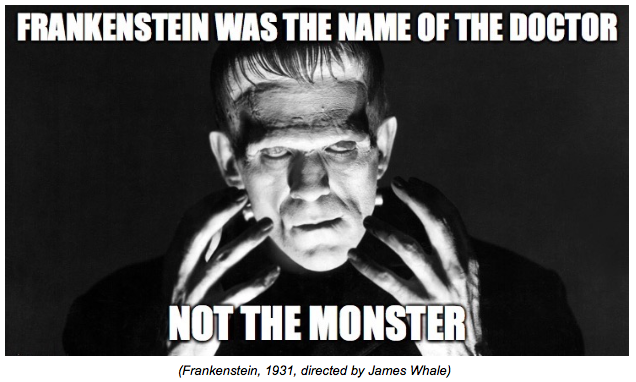118 893
33 596
15 591
These are just 3 numbers in the United States to describe transplantation in 2016. According to the annual data of UNOS (United Network for Organ Sharing):
- 118 893 people needed organ transplant
- 33 596 transplants performed in 2016
- 15 591 total number of donors in the US
Pretty impressive, especially if we take it into account that the total number of transplantations has increased by 20% in the fourth consecutive year since 2012.
But it was not always like that. Nowadays an increasing number of molecular diagnostic methods have become available to serve the needs of transplantation medicine. It is enough to simply type “sequencing” and “NGS” into the search field of ScienceDirect or PubMed and I can guarantee that you will find at least one article on the main page about the latest breakthrough of transplantation genetics.
But have you ever thought what it was like before the age of sequencing? How did our predecessors deal with the difficulties of transplantation? When did transplantation medicine become a million dollar business? And how?
My aim is not to go into great detail but more rather to collect the available information on the major milestones and breakthroughs so far, before we jump into a very exciting and promising year of 2017.
Let’s start the tour by looking at the historical timeline.
Looking back to the early centuries we can find references in literature (such as Homer’s Odyssey) and archeological scripts that curious experiments have been carried out like trying to merge the body parts of different animals. When it comes to curiosity the sky is the limit, right? Well, we had to start somewhere…
Luckily, as a result of the unsuccessful experiments, we started to pay more attention to anatomy. Learning the role of the blood vessels and the human circulatory system brought about the first breakthroughs of transplantation. In 1667 the first blood transfusion was carried out and oddly enough it was calf blood transfused into humans.
Just one year later, in 1668 one innovative Dutch physician used a piece of a dog’s skull to repair the damaged skull of a Russian soldier. No record was found that would mention the outcome of this attempt.
Again, centuries had to pass to achieve the first human-to-human blood transfusion (1818) and bone transplantation (1878). In the meantime, different writers found inspiration in the changing world of medicine, just like Mary Shelley, who first published Frankenstein in 1818. Since then nobody tried to reproduce the dream of Mary and make the monster alive. But we can never know.
At the turn of the century, in 1900 Karl Landsteiner discovered the ABO blood groups. His breathtaking work can be considered as the foundation of modern transfusion and transplantation medicine. For this work he had been awarded with the Nobel Prize in Medicine in 1930.
Interestingly enough with the rapid development of surgery, records mark the first animal-to-human kidney transplant in 1909. The donor was a dog! After an unsuccessful human-to-human kidney transplant that had been performed by Russian physicians, the first successful human-to-human kidney transplantation happened in 1954 in Boston.
In the meantime, on the other side of the globe a French researcher, Jean Dausset has confirmed the theories that the human system must have a way to distinguish between it’s own self and foreign substances. He has discovered the first Human Leukocyte Antigen (HLA) proteins soon after this. The WHO has recognised the importance of HLA research and decided to dedicate a separate nomenclature for HLA alleles.
The whole field started to gain momentum. The first lung, pancreas, liver, heart and bone marrow transplants were performed.
In the new age since 2000, there was an amazing improvement that completely transformed transplantation genetics. In 2014, the first healthy baby was born from a patient who had uterus transplant and there are rumours about a surgeon who is planning to do the first head transplantation. Do we still remember Mary Shelley and Frankenstein?
With the power of molecular genomics, transplantation medicine is able to save hundreds and thousands of lives today but we have a long road ahead of us. Even today, in 2017, 22 people die each day on the waiting list, due to the organ shortage.
What is the solution? Faster and better sequencing technologies? More willingness to donate our organs? Developing techniques to increase the lifetime of organs out of the body? Designing artificial organs? Bioprinting?
One thing is certain: 2017 will be an exciting year in transplantation medicine that will get us closer to the solutions we seek and we are proud to be a part of it!
– Written by Fruzsina Félegyházi, Field Application Scientist at Omixon







